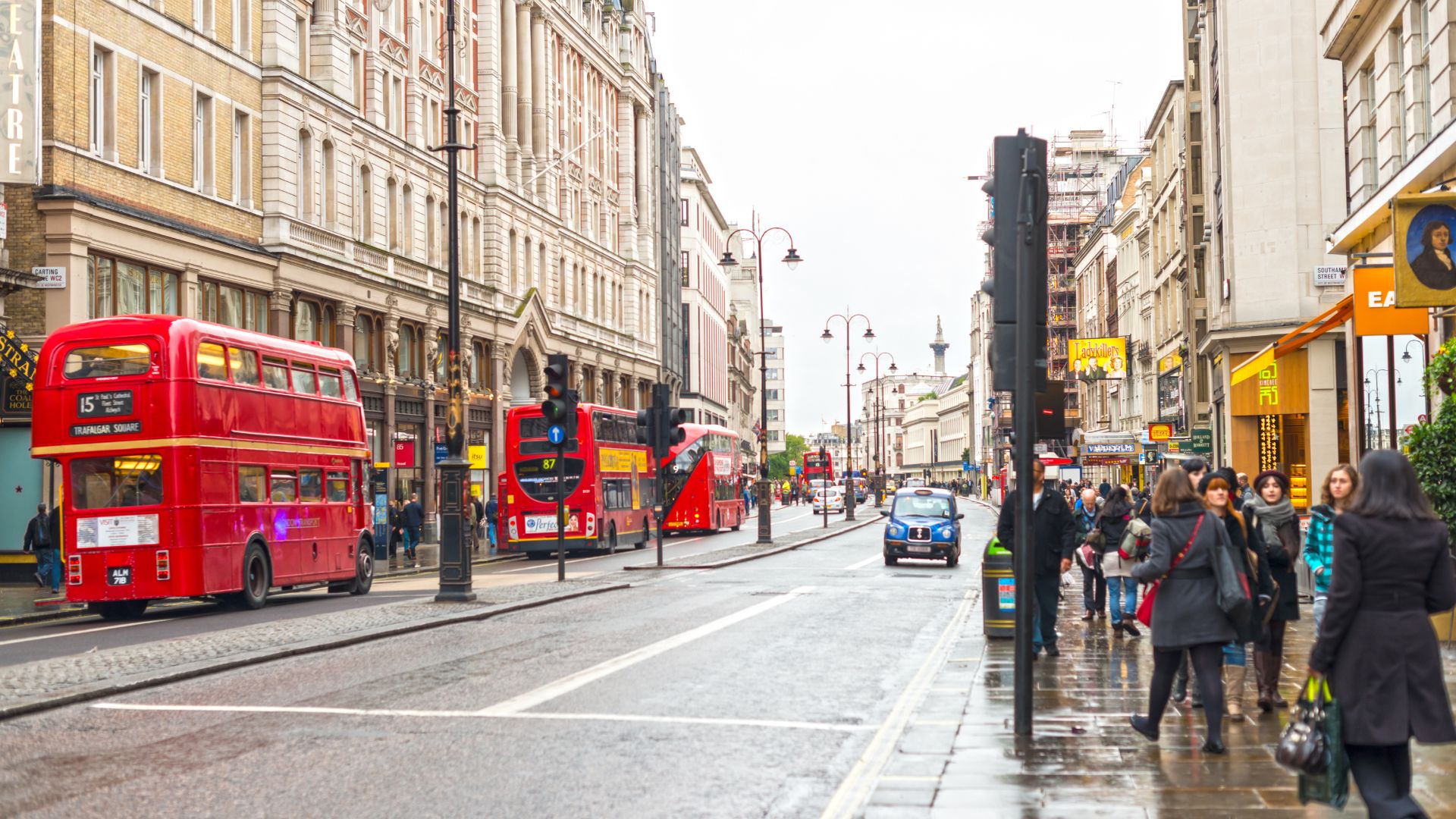Intelligent Speed Assistance (ISA) technology is reshaping road safety by preventing vehicles from exceeding speed limits. With cities like London facing increased road safety concerns, ISA represents a crucial tool in reducing accidents and ensuring safer streets for pedestrians and drivers alike.
This blog dives into how ISA has transformed transportation in London, demonstrating its life-saving potential while paving the way for global adoption.
Understanding Intelligent Speed Assistance
What is ISA? Intelligent Speed Assistance is an advanced vehicle safety system designed to prevent speeding. Using GPS data and a digital speed-limit database, ISA actively limits a vehicle’s speed, ensuring compliance with posted limits. Unlike traditional cruise control, ISA dynamically adjusts speed based on real-time conditions.
Why is ISA important? The need for ISA becomes evident when examining the challenges of road safety in high-traffic urban areas. Cities like London have seen an alarming number of incidents involving speeding, endangering pedestrians, cyclists, and other vulnerable road users. By implementing ISA, these risks are significantly mitigated, creating safer streets for everyone.
The Green Light for Safety: ISA Expansion on London’s Roads
In June 2015, Transport for London (TfL) began trials of an Intelligent Speed Assistance (ISA) system on two London bus routes, 19 and 486. These routes were chosen due to a history of high pedestrian collisions and poor speed compliance. The aftermarket ISA system used GPS and speed-limit databases to automatically prevent buses from exceeding posted speed limits, aiming to improve road safety in the city.
The trial results speak volumes about the positive impact of ISA on compliance and overall road safety. Here’s what the data revealed:
Compliance:
- Equipped buses adhered to speed limits 97-99% of the time.
Speed Reduction:
- Time spent over the limit in 20 mph zones dropped from 15-19% to only 1-3%.
- 30 mph zones saw reductions from 0.5-3% to nearly 0%.
Impact on Safety:
- Reduced instances of speeding increased safety for pedestrians and cyclists.
- Encouraged safer driving habits across surrounding vehicles due to lower speeds.
These trials proved ISA as a practical, effective technology that supported London’s road safety goals.
Following the success of the ISA trials, London saw a citywide commitment to broadening ISA implementation. In 2017, the Mayor of London announced that all new buses would be fitted with ISA. In the long term, the goal is to gradually integrate ISA directly at the manufacturing stage.
This step positioned London as a global role model in adopting innovative safety technologies for public transportation.
Building Safe Driving Habits at Home with ISA Technology
London’s pilot program started over almost a decade ago, and since then, it’s made an impact across Europe and in the United States.
New York, Maryland, Virginia, and Georgia have either implemented pilot programs of their own or are advocating for ISA legislation to be passed. Washington D.C. has established both by mandating ISA technology for frequent speeders and launching a pilot program for city school buses.
The implementation of ISA isn’t limited to public transportation or by legislation. Individual drivers can also benefit from advanced ISA solutions, such as LifeSafer Intelligent Speed Assistance. With user-friendly features, these systems help drivers foster lifelong safe driving practices.
LifeSafer ISA Features:
- Configurable Speed Settings: Tailor settings to individual preferences and routes.
- Real-Time GPS Monitoring: Ensures compliance with speed limits wherever you drive.
- Active Speed Control: Regulates speed during acceleration and even in reverse.
By adopting ISA in personal or commercial vehicles, drivers can reduce risks, avoid fines, and enhance road safety for everyone.
A Road to Safer Cities
ISA isn’t just a tool; it’s a game-changer for road safety in bustling cities like London. By successfully integrating intelligent technology into daily transportation, TfL has demonstrated how innovation can save lives, reduce collisions, and promote responsible driving habits.

